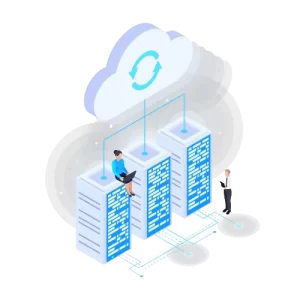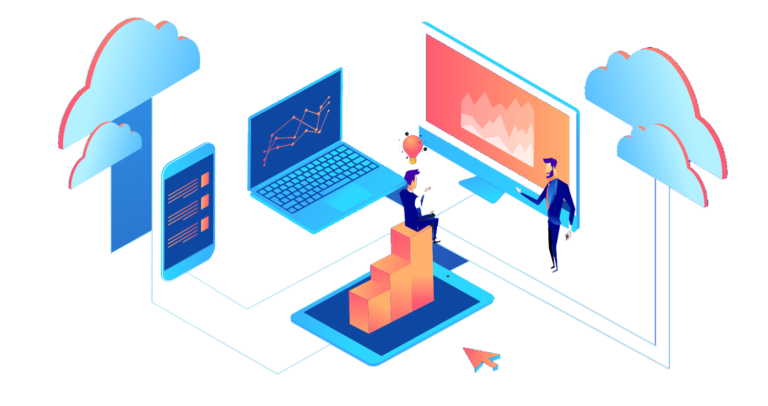Explore Serverless Architecture
Explore Serverless Architecture: In the rapidly evolving world of cloud computing, serverless computing has emerged as a revolutionary paradigm shift that is revolutionizing application development and deployment. With serverless computing, developers may focus just on writing code because the cloud provider takes care of all server and infrastructure management, relieving them of this responsibility. In this blog post, we’ll delve further into serverless computing, going over its definition, benefits, and real-world applications.
Utilization as a Service (FaaS), which is another term for serverless computing, is a kind of cloud computing that does not require developers to be in charge of managing infrastructure and servers. In a serverless architecture, writers of functions or microservices create them to execute in response to events or HTTP queries. These are stateless, transitory functions that grow to meet demand.


Cost-Efficiency
One key advantage of serverless computing is that you just pay for the processing resources you use. While traditional server-based approaches sometimes result in idle server time, serverless scaling minimizes operating expenses.
Simplified Development
With serverless architecture, developers can focus solely on writing code and building applications. This reduces operating overhead, expedites the development process, and shortens the time to market.
Scalability
Serverless apps are able to expand on their own based on traffic or demand. This ensures reliable performance and availability and does away with the need for manual scaling.
Maintenance-Free
By maintaining servers, patching security flaws in servers, and managing infrastructure, serverless technologies relieve developers of these operational responsibilities.
Event-Driven Architecture
Serverless architecture is ideal for real-time data processing, Internet of Things applications, and other applications since it is event-driven.
Web Applications
Serverless is an excellent fit for web applications since it eliminates the need for manual scalability and can easily handle varying traffic loads and high usage periods. Popular choices are Azure Functions and AWS Lambda.
API Development
Creating serverless applications is a common application. Azure API Management and Amazon API Gateway provide robust tools for creating and maintaining APIs.
Data Processing
Serverless computing is great for data processing tasks like extract, transform, and load (ETL) activities, real-time data analytics, and processing of images and videos.
Chatbots and Voice Assistants
Two voice assistants that commonly make use of serverless capabilities to understand voice commands and react are Alexa and Google Assistant.
IoT (Internet of Things):
Serverless systems are perfect for Internet of Things applications because they can manage data from various devices, react to events instantly, and expand as needed.


Despite the many benefits of serverless computing, it’s crucial to consider the following challenges:
Cold Starts
Cold start, or first function triggering, can cause delays in serverless processes and can impact response times.
Vendor Lock-In
You may find yourself bound into a specific cloud provider if you rely too heavily on their proprietary services, as all cloud providers provide serverless options.
Limited Execution Time
Serverless functions might not be suitable for long processes because they frequently have a maximum execution time.
Debugging and Monitoring
Serverless apps have a distributed and event-driven architecture, which makes monitoring and debugging them more challenging.
Serverless computing is a new approach to cloud computing that offers several benefits, including quicker development, fewer running overhead, scalability, and cost effectiveness. Developers and organisations must understand the potential applications and challenges of serverless architectures, as their use by businesses grows.
Although a single serverless solution won’t work in every scenario, it can be revolutionary for many use cases, relieving developers of the strain of managing infrastructure so they can focus on writing code and adding value for users. The technology appears to have the potential to become a significant participant in cloud computing with additional development.

